Sometimes you may notice that the sound on our Windows computer has gotten too low. Or the volume is remarkably low After Upgrade To Windows 10 version 22H2. A number of users report, facing low volume output problems, even keep the volume level to 100 after installing Windows 10 update. The issue may be caused due to software or it could be a hardware-related problem or a mixture of old and new settings. Actually, windows have some essential settings that need to be perfect to get good sound quality. If your computer Volume is Too Low on Windows 10, Here are some applicable solutions to fix this.
Contents
Low sound after Windows 10 update
Windows 10 Audio Sound problems include this Sound volume too low issue, mostly caused due to incompatible Audio Drivers, Corrupted system files. The Audio hardware device is faulty, or the Audio sound Settings are get changed. If you also notice computer volume too low on Windows 10 here apply the solutions below.
Note: Bellow Solutions Are applicable to Fix various Audio Sound Related problems such as Audio sound not working, No Audio output installed, No Sound after Windows upgrade etc.
Check Volume Mixer
Start with Basic Solution Check and make sure Audio Device is connected properly.
Check the Audio Device volume is up or you may need to check the Audio Device with Different computers to confirm there is no fault on the Hardware device.
Also, Right-click the speaker icon on the system tray and select Open Volume Mixer to open the window directly below. Then check and raise the audio slider for third-party software open on the taskbar if the volume is too low.
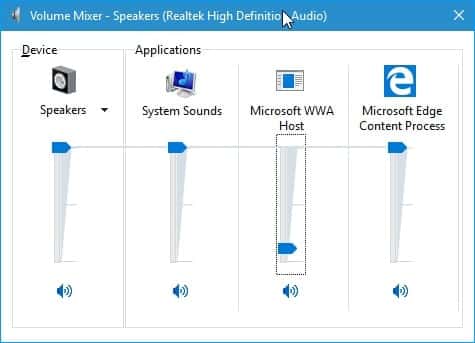
Clean your speakers physically
If you have been using the same speaker for a long time, there might be dust on it, which often blocks the sound from playing smoothly. Check if your speakers are clean from the inside as well as outside. If not, make it clean and test whether it is giving a better performance or not.
Try checking other devices
If you are experiencing this issue with a Bluetooth speaker or some wired speaker that comes with a woofer, you should try connecting that device to a different device so that you can further isolate the problem.
Update Windows Audio driver
Update or Roll Back Audio Driver is the basic thing when we troubleshoot any Audio Sound Related problem. Whatever sound system you are using on your computer, it is important that you must keep your device drivers updated. If you notice the sound problem started after the Recent Driver update or Windows upgrade there may be the current installed Audio Driver is not compatible with the current Windows version. That cause first needs to try the Roll Back Driver option or Install the latest updated Audio Driver.
Roll Back Driver
If the problem started recently after the driver update, the Rollback driver probably help with fix the problem. That reverts the current audio driver to the previous version where Audio Sound works properly.
- Press Windows + R, type devmgmt.msc and ok
- This will open the device manager, display all installed driver list,
- Expand Sound, video and game controllers,
- Right-click on the installed audio driver select properties,
- Move to the Driver tab and look for the Rollback driver option, click on it
Note Rollback option only available if you have recently updated the driver software with the latest version.
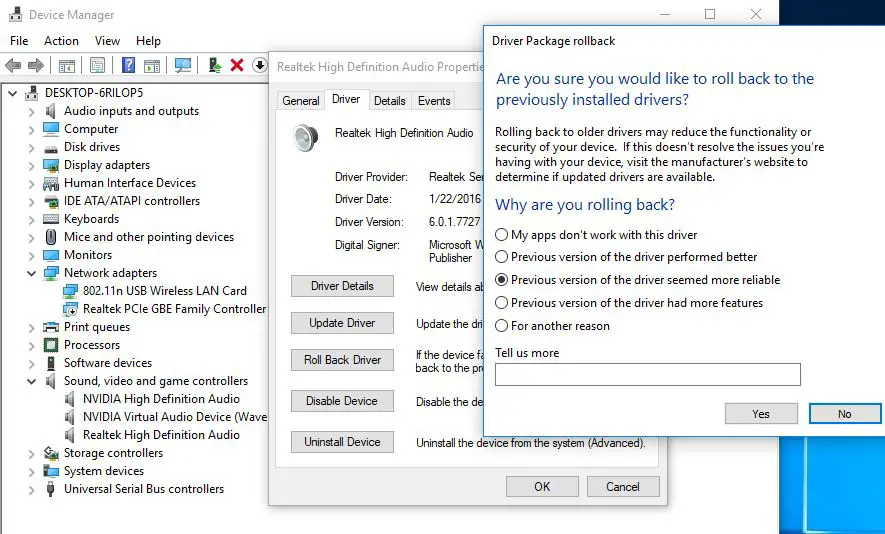
On the next screen select the reason why Roll back to the previous driver version and follow on-screen instructions. After That Restart windows to get a fresh start and now check Audio Volume working properly. If not update and install the latest Audio Driver following the steps below.
Update Audio Driver
If the Roll Back Driver option does not work for you. Or you don’t have the option to Roll back the driver, which causes you need to manually update/ Reinstall the Audio Driver by following bellow steps.
- Again open Device Manager by type devmgmt.msc
- Then expand Sound, Video and Game controllers.
- Now right-click on the installed Audio driver, and select Uninstall Device.
- When Ask for confirmation check mark on Delete the Driver software for the device and select uninstall after that Restart Windows.
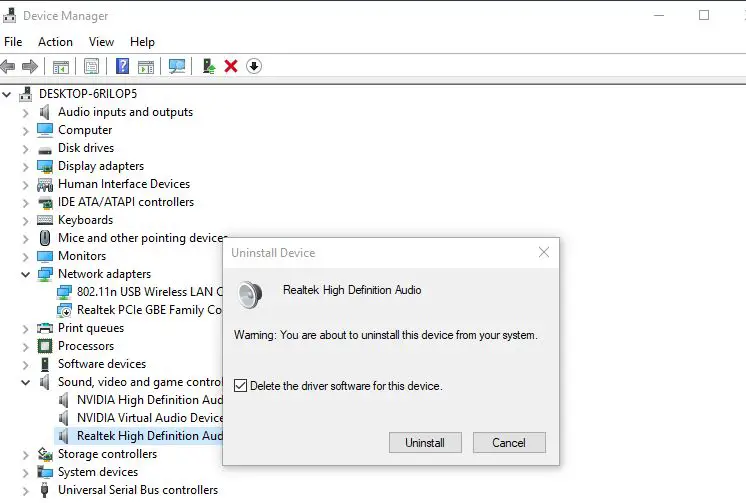
On the next Reboot, windows will scan and install the best available Audio Driver, Or you can Again open Device Manager check the Audio driver is installed if not click on Action And select Scan for hardware changes.
Also, Visit the Device manufacturer’s website Download the latest Available Audio Driver software and install it. I hope After Performing the RollBack driver option or Reinstall the Audio Driver your problem Will be get resolved.
Run Windows Audio Troubleshooter
Windows have inbuilt Audio Troubleshooting tool which scans and fix Different Windows Audio Sound Related problems automatically. Run the Audio Troubleshooter and let Windows to fix the problem itself for you.
- Press the Windows + I keyboard shortcut to open the settings app,
- Click on Update & Security then troubleshoot,
- Select playing audio then click Run the troubleshooter,
- This will automatically detect and fix the problems causing the Windows sound problem.
- Restart windows after complete the troubleshooting process and check if everything working properly.
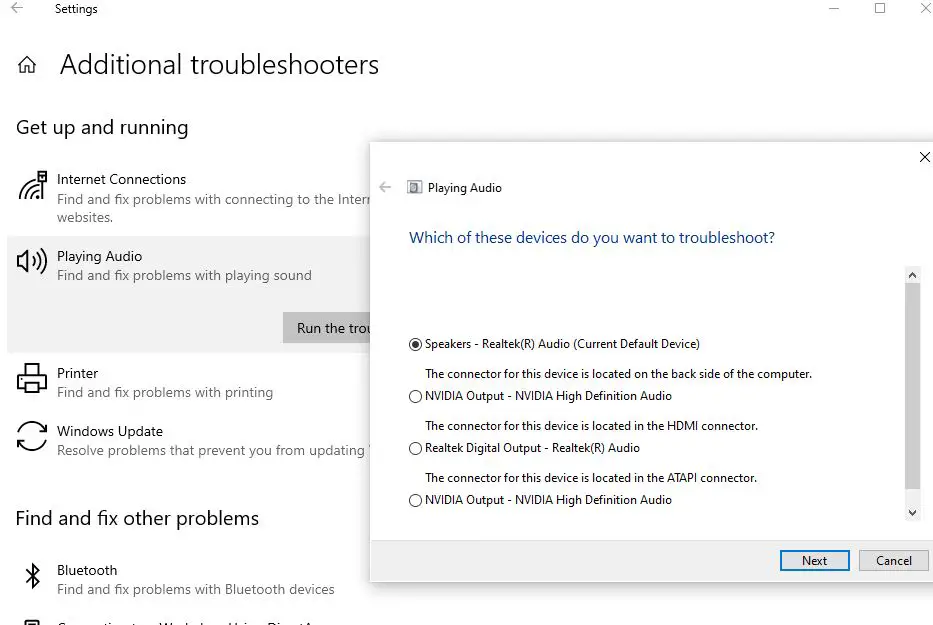
Change the sample rate and bit depth
Right-click on the speaker symbol located at right end of the taskbar,
- Then Select Playback Devices.
- A new Sounds popup will open, Here double click on speakers.
- Then on Speakers properties move to Advanced Tab
- Pull down the menu to set the bit rate to 24 bit/44100 Hz or 24 bit/192000 Hz.
- Both options are visible as per the device’s capability.
- After that click Apply and ok to save changes now check low sound volume issue is resolved.
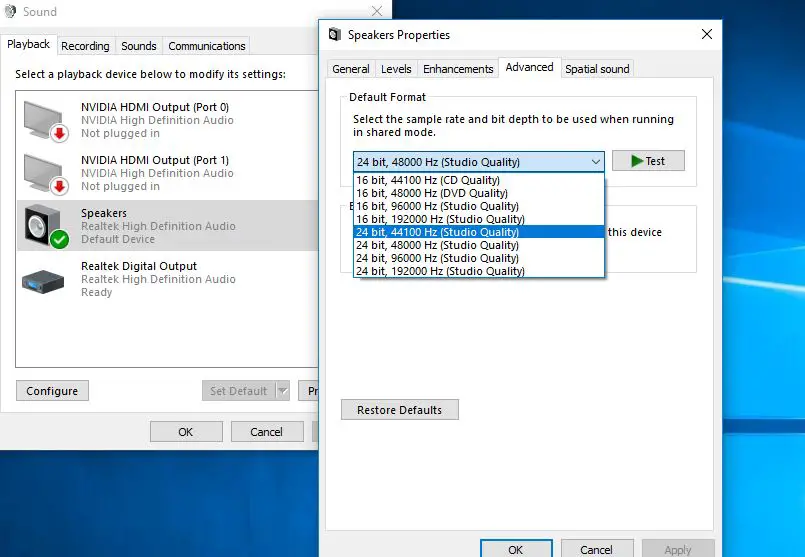
Change Communication settings
Communication settings is a built-in Low Volume feature that helps users get better audio when they use the computer to receive or place some calls. This feature can reduce your computer’s sound by up to 100%. To change the communication Settings
- Right-click on the volume icon on the taskbar and select Sounds.
- Then move to the communication tab on the option that says, “When Windows detects communication activity”, select “Do nothing”.
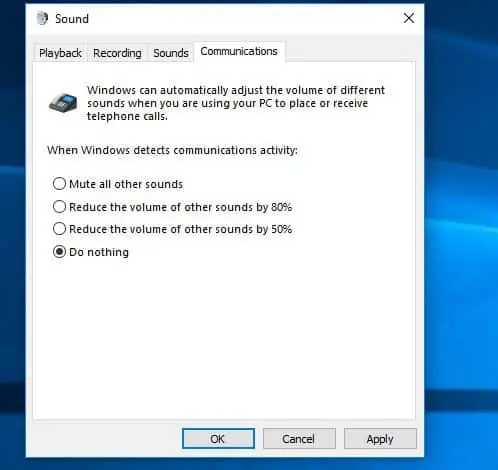
Adjust the Loudness Equalization
This is another setting you’ve got to check because if this option is not activated, no wonder you’re hearing a comparatively lower volume from your computer. To adjust this setting, right-click on the volume icon on the taskbar and select Sound. Under the playback tab double-click on Speakers. Then on Speaker properties under the Enhancements tab Select Loudness Equalization and click OK to save the changes you made.
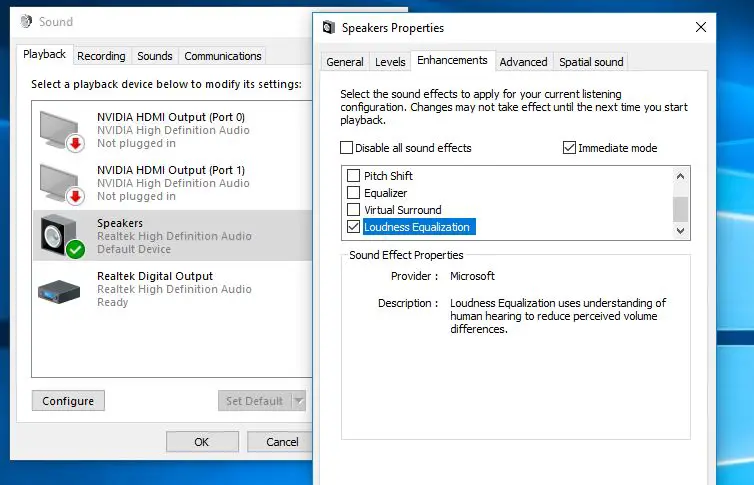
Did these solutions help to fix low-volume, Audio sound problems on windows 10? Let us know on the comments below, also read:

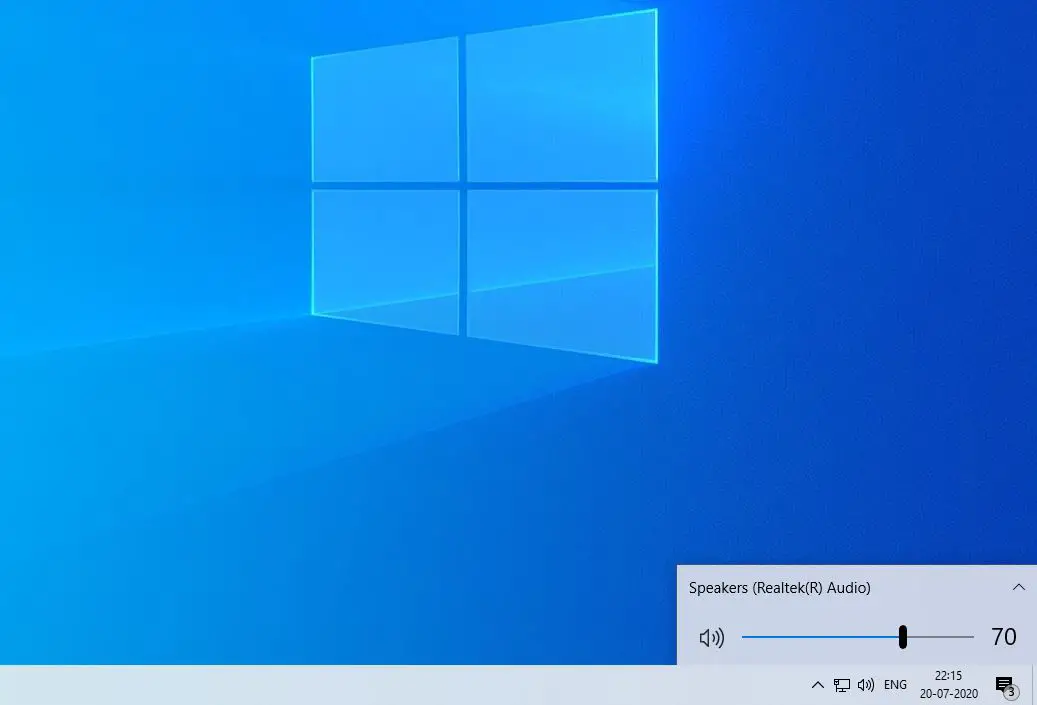
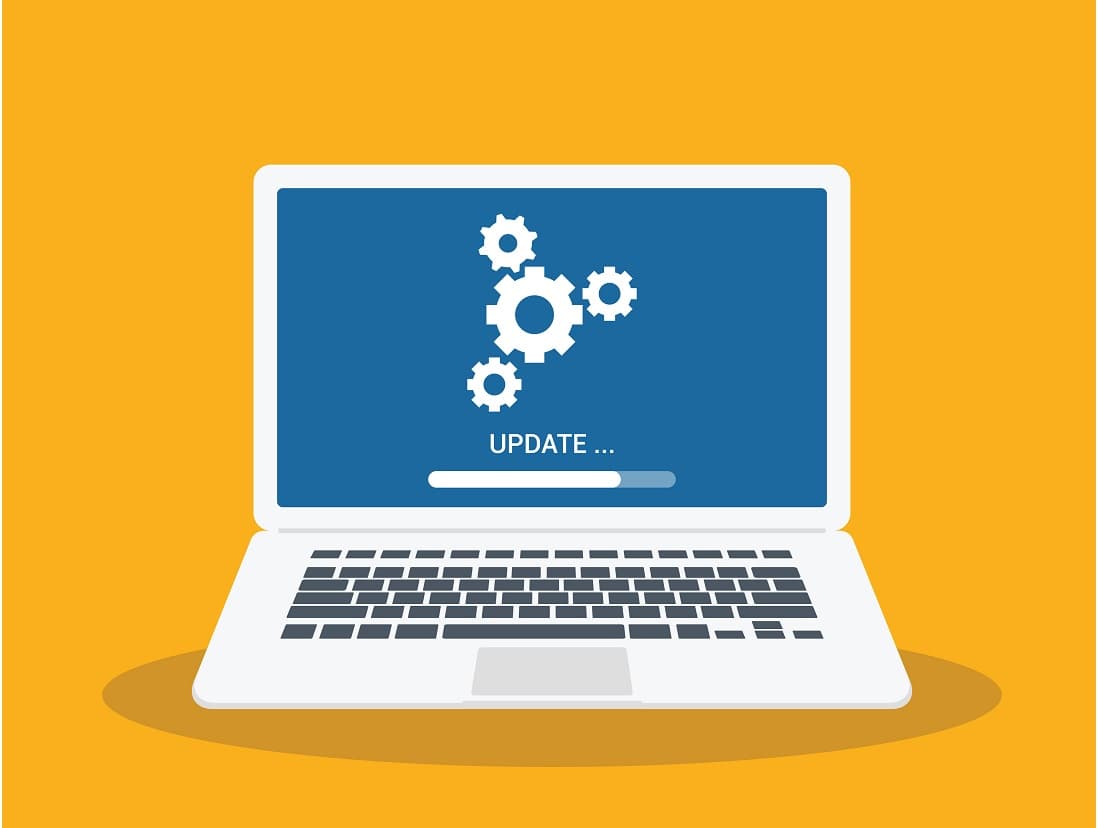
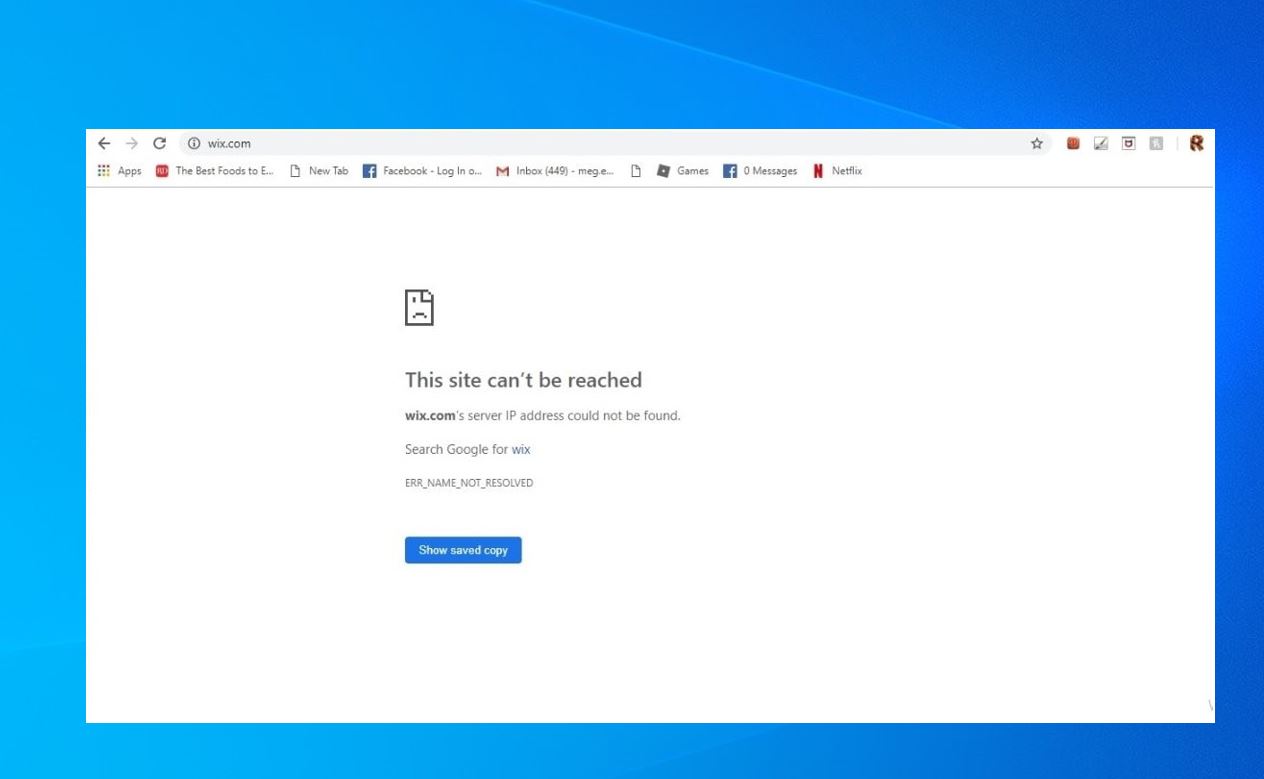

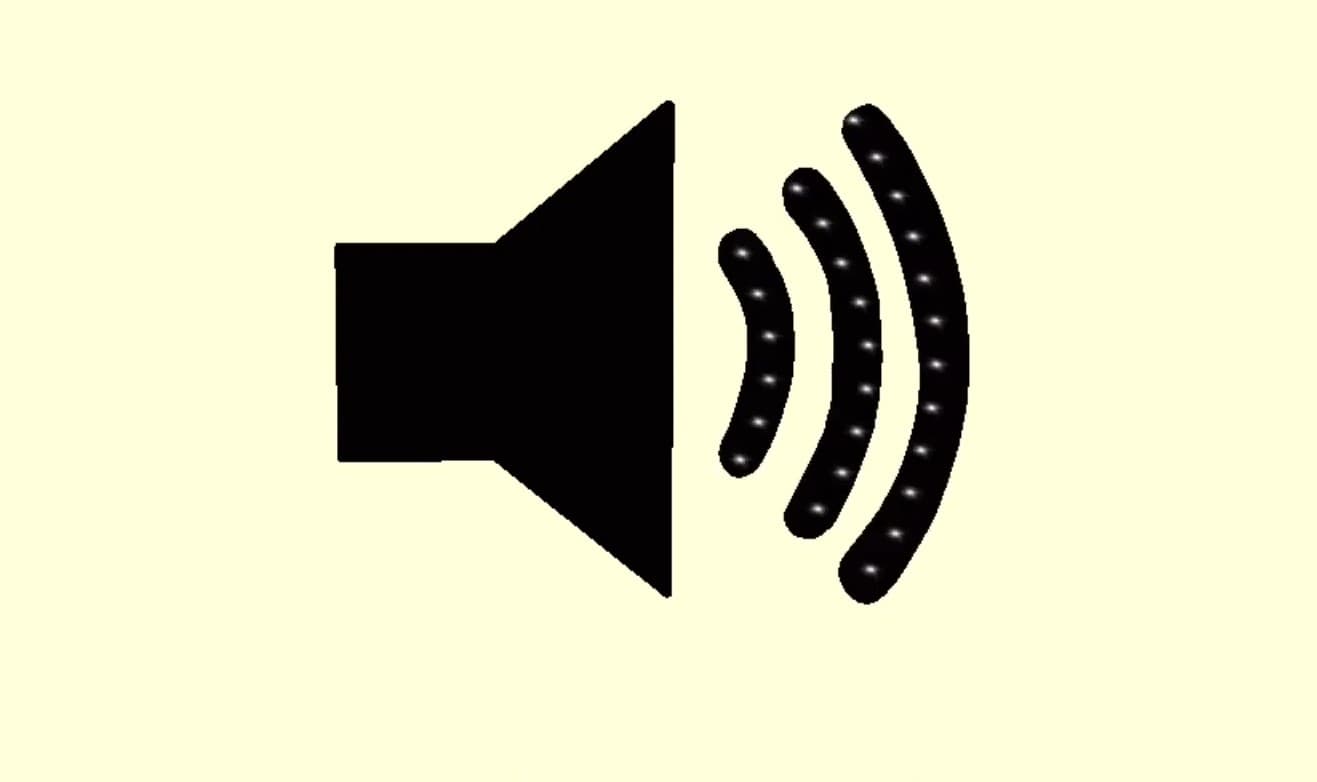

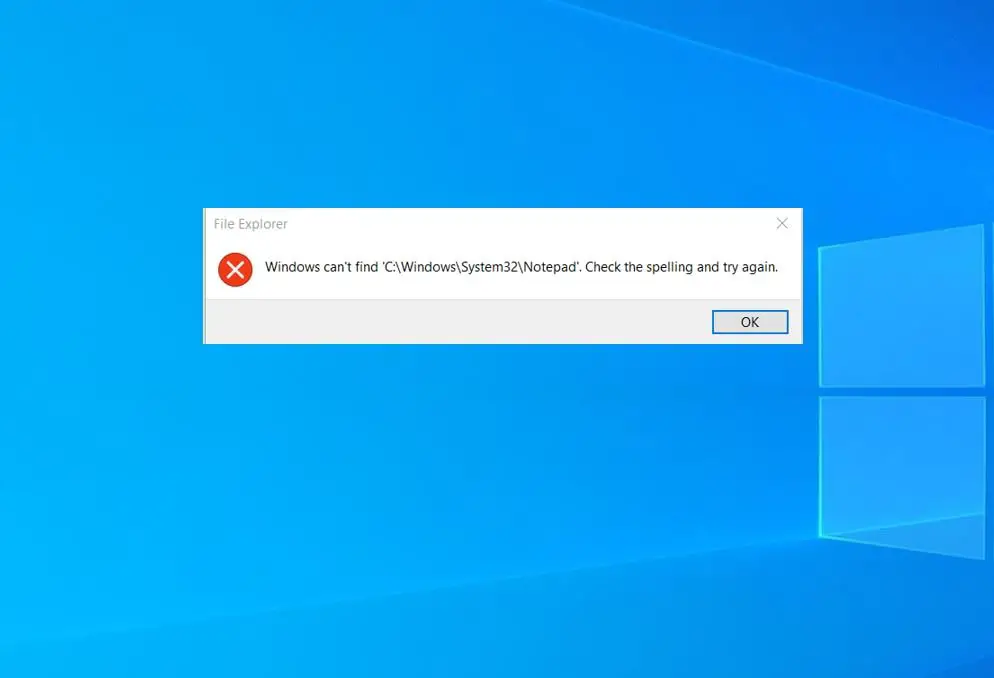


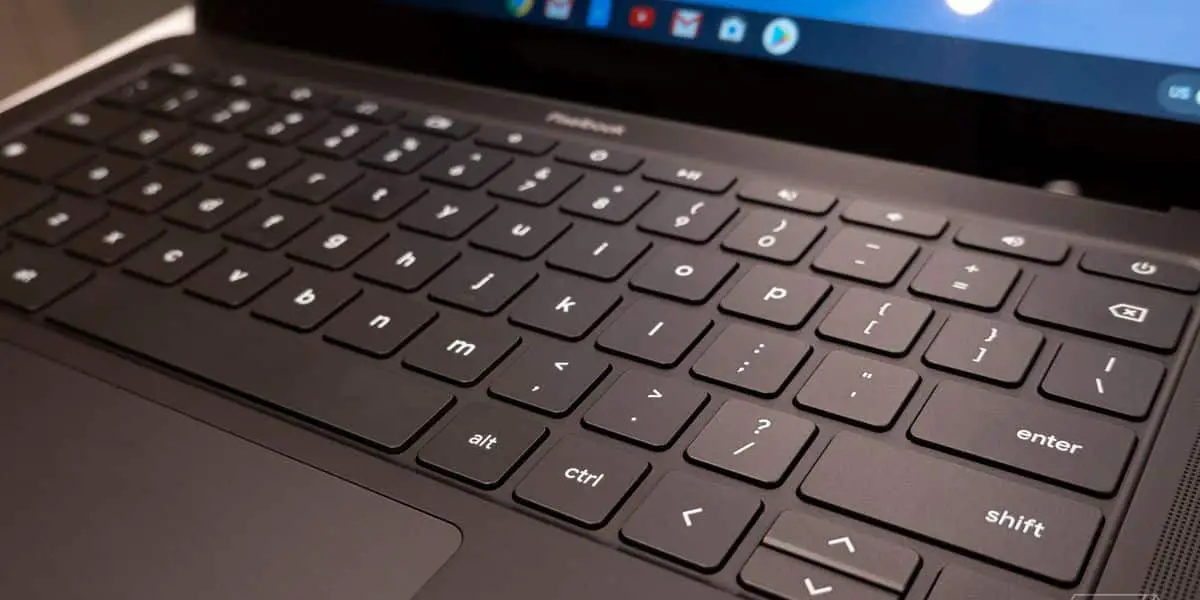



I had to reinstall windows due to OS corruption after the 21H1 update. The volume issue happened to me once I had the OS up and running again.
The solution was that I had to install a (7 year old) audio driver from the PC manufacturer’s website. It was so old that it Windows update was no longer reporting it as a necessary driver.
Thought I’d share. Hope it helps someone save a few hours of troubleshooting.